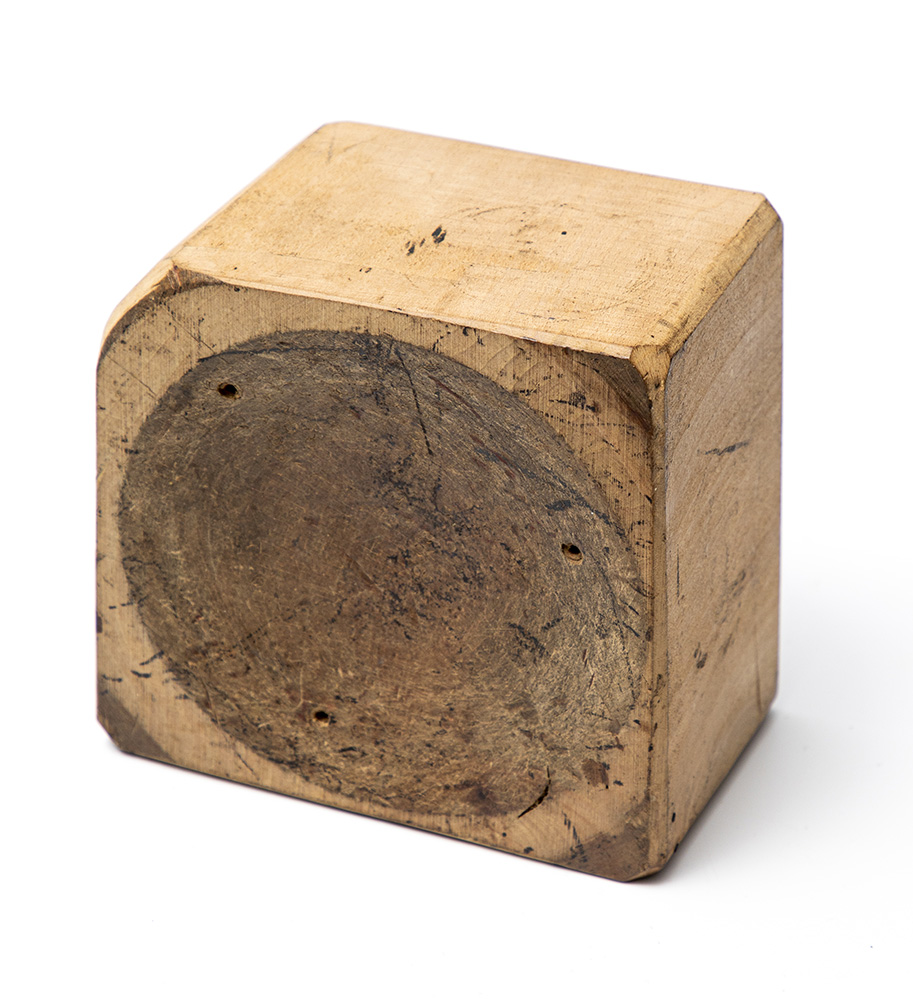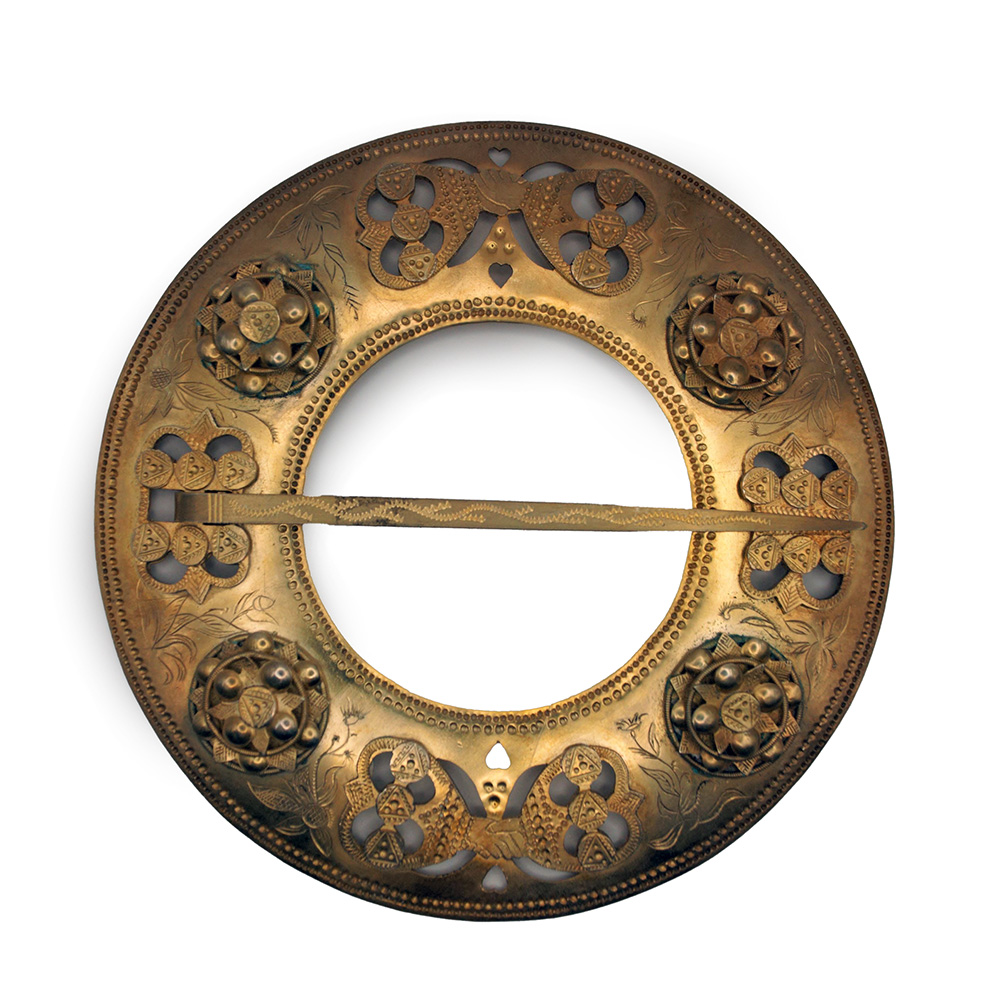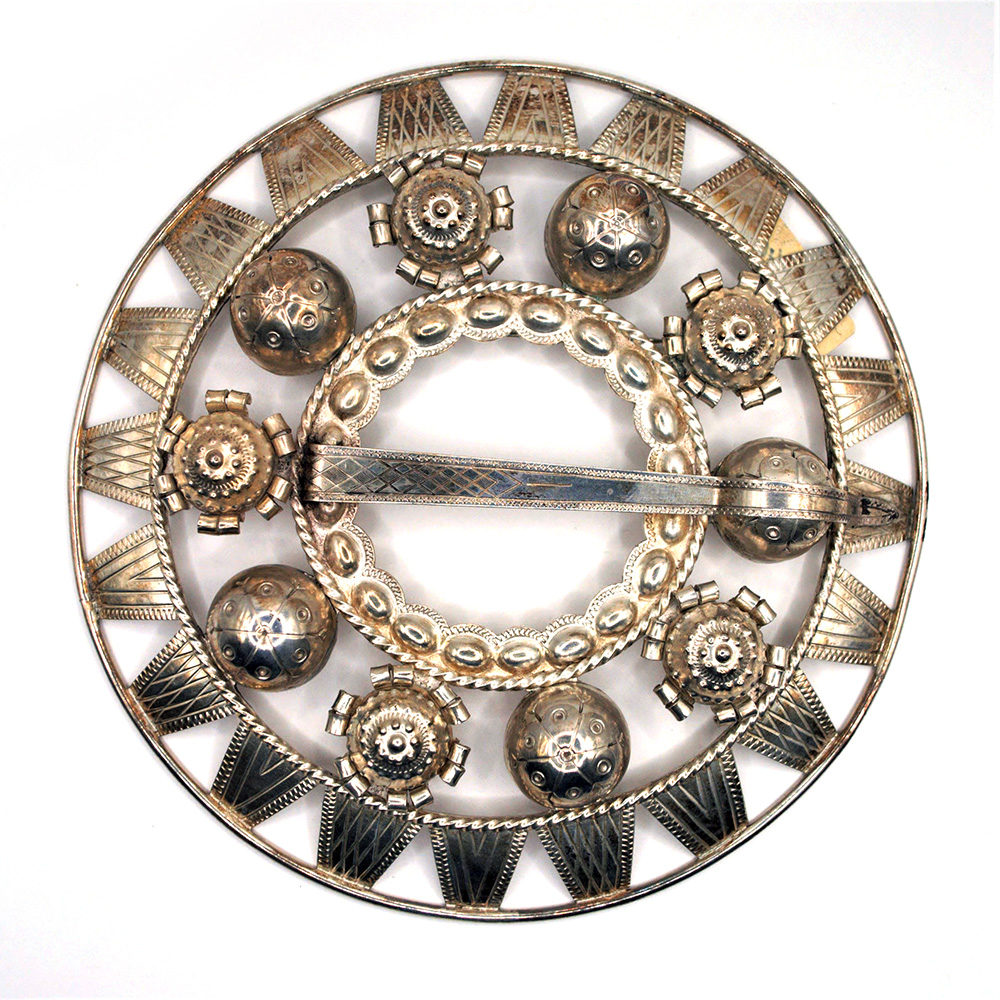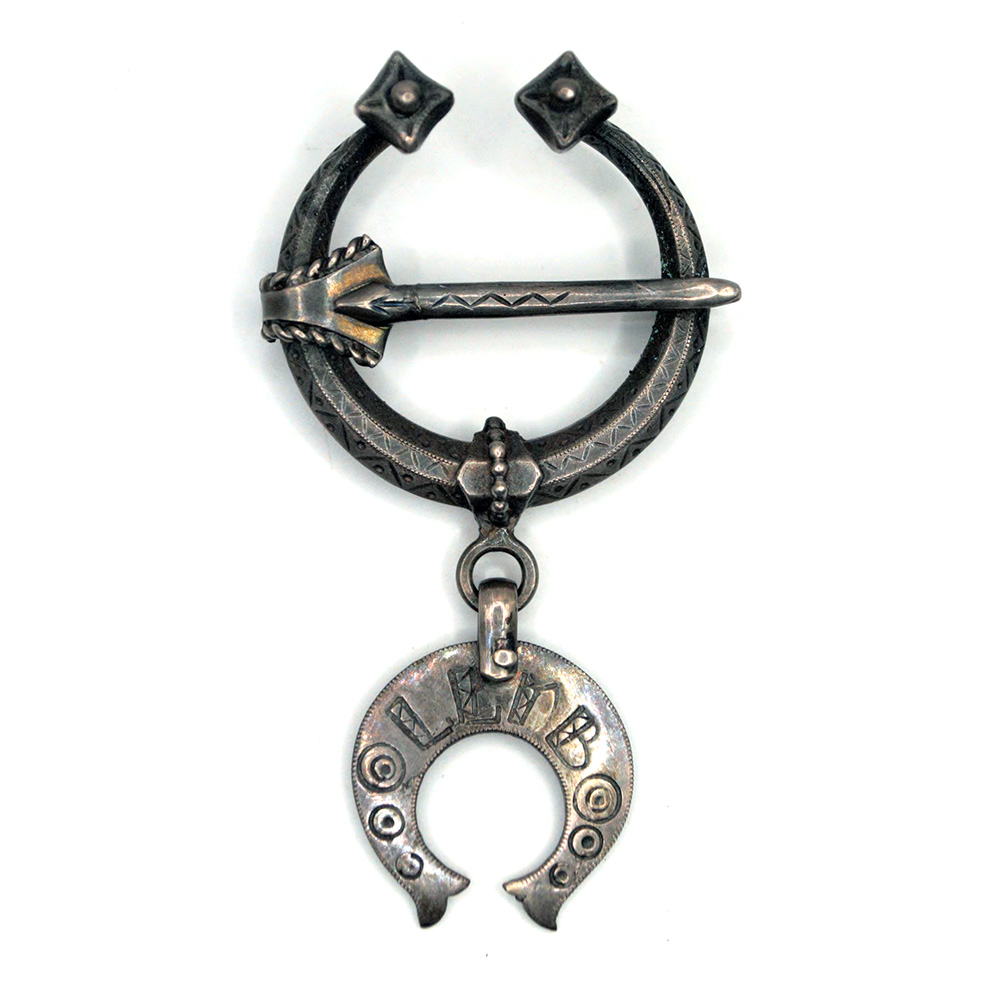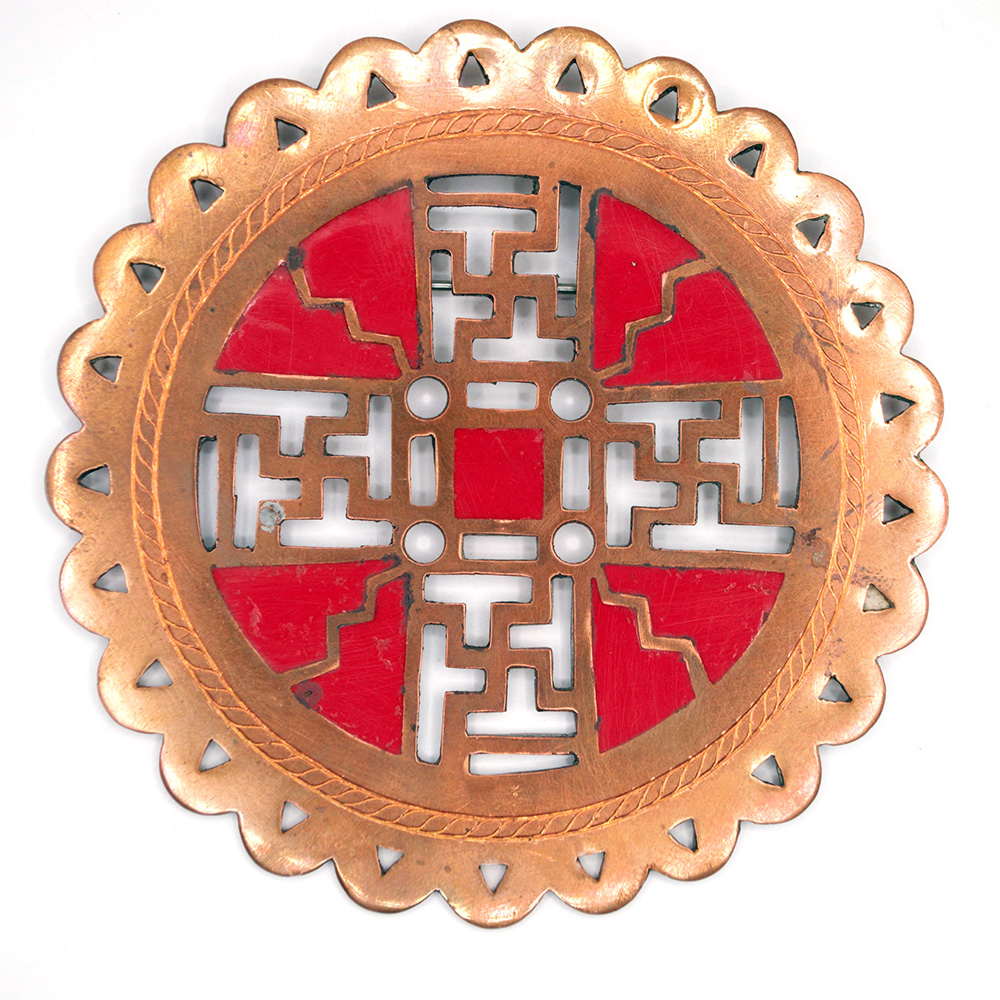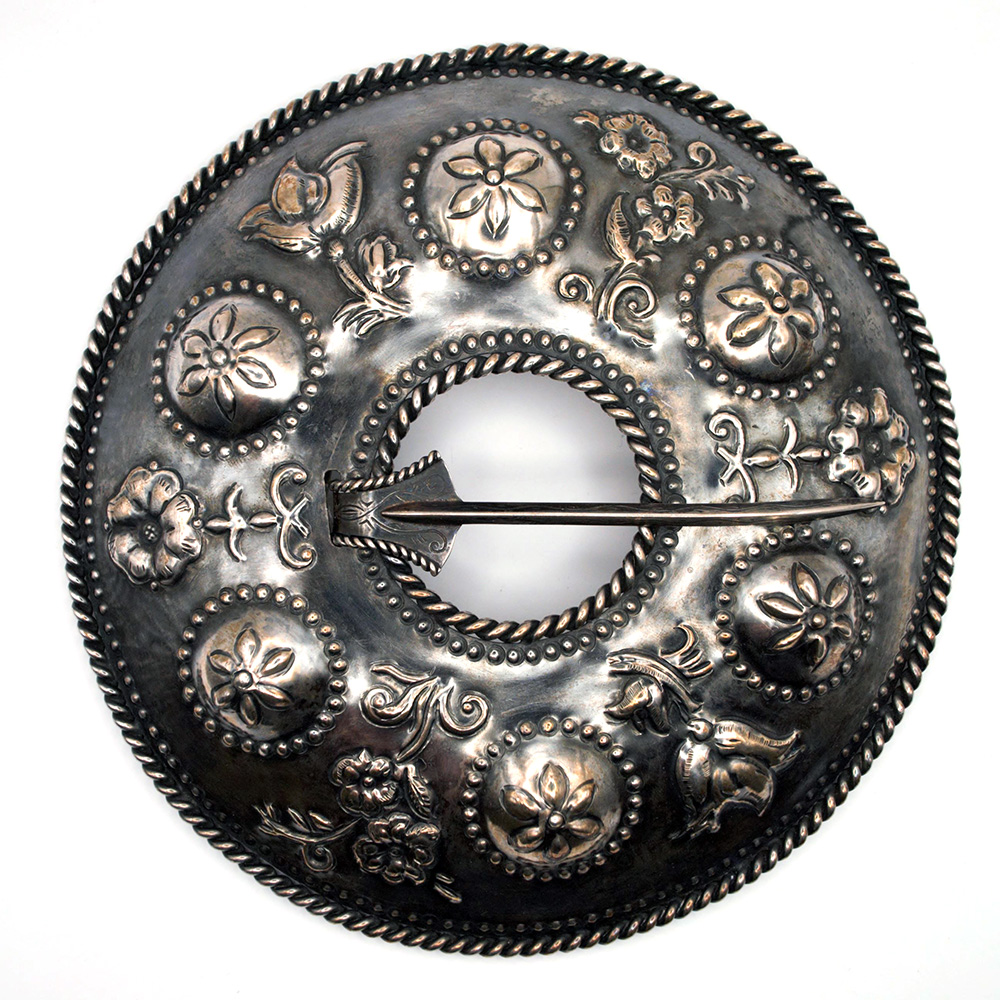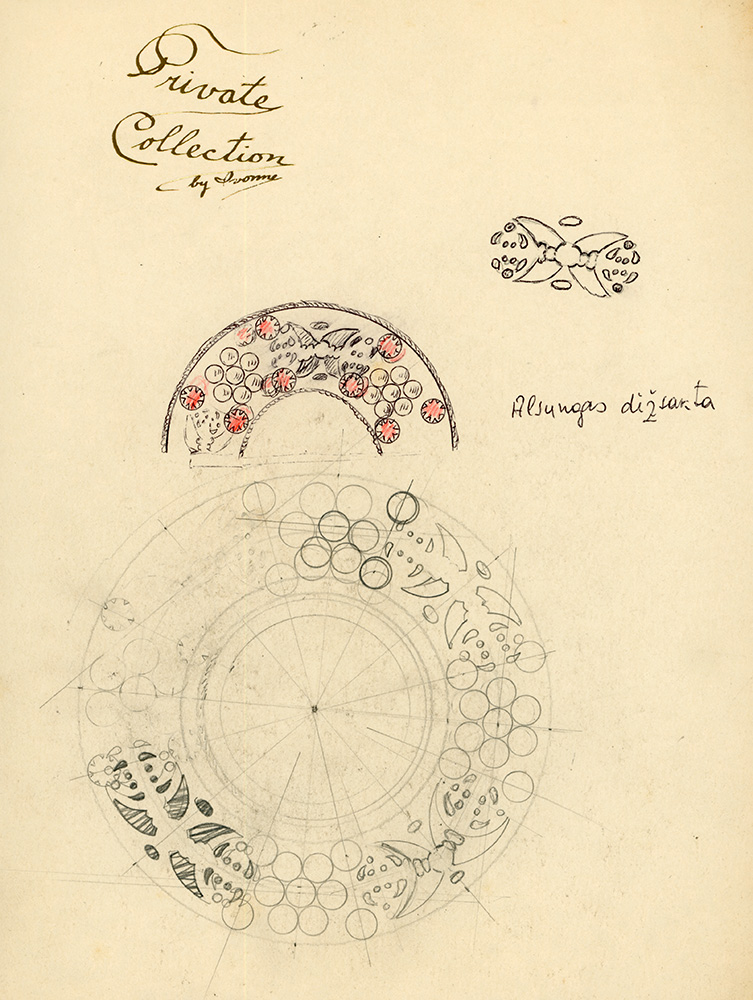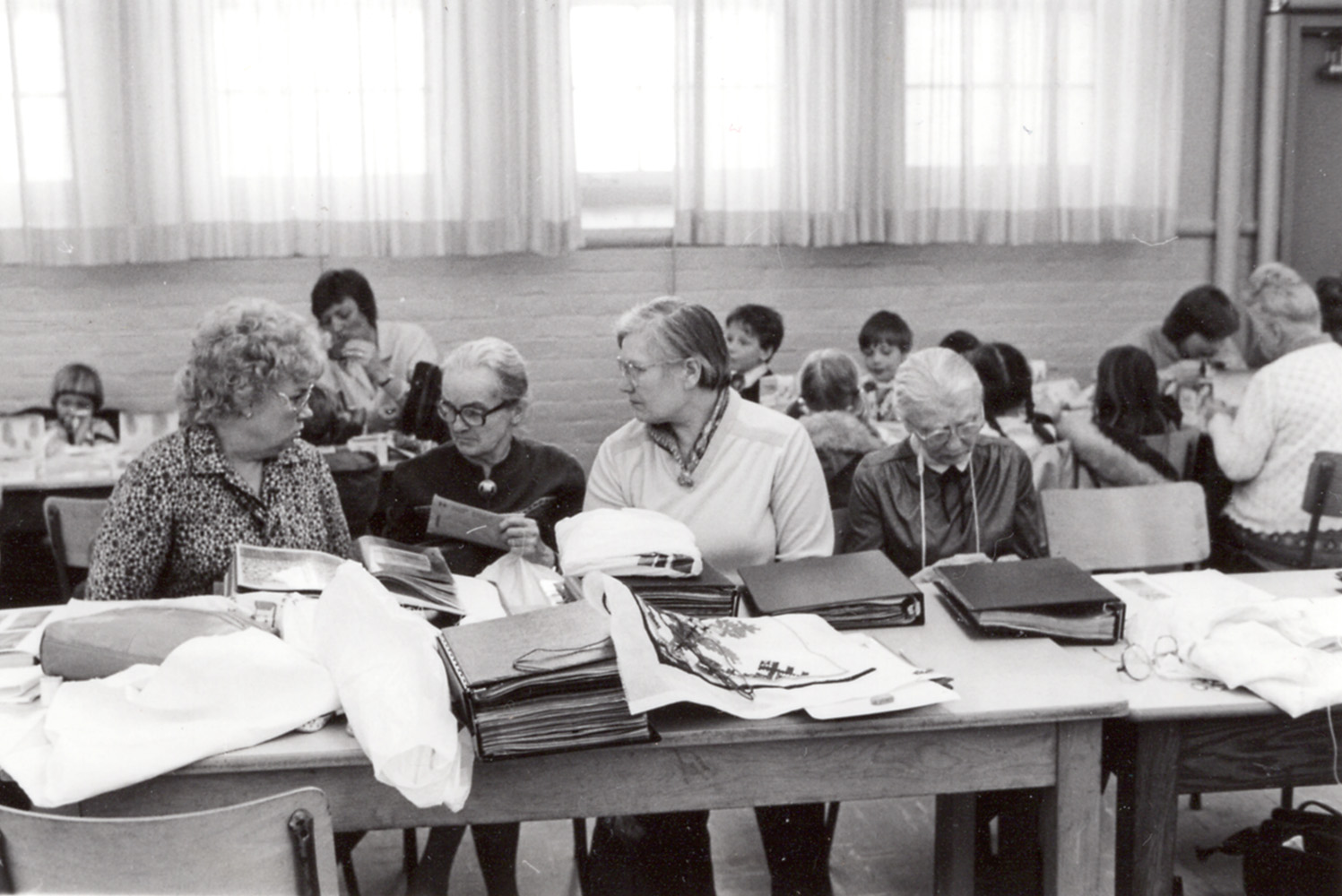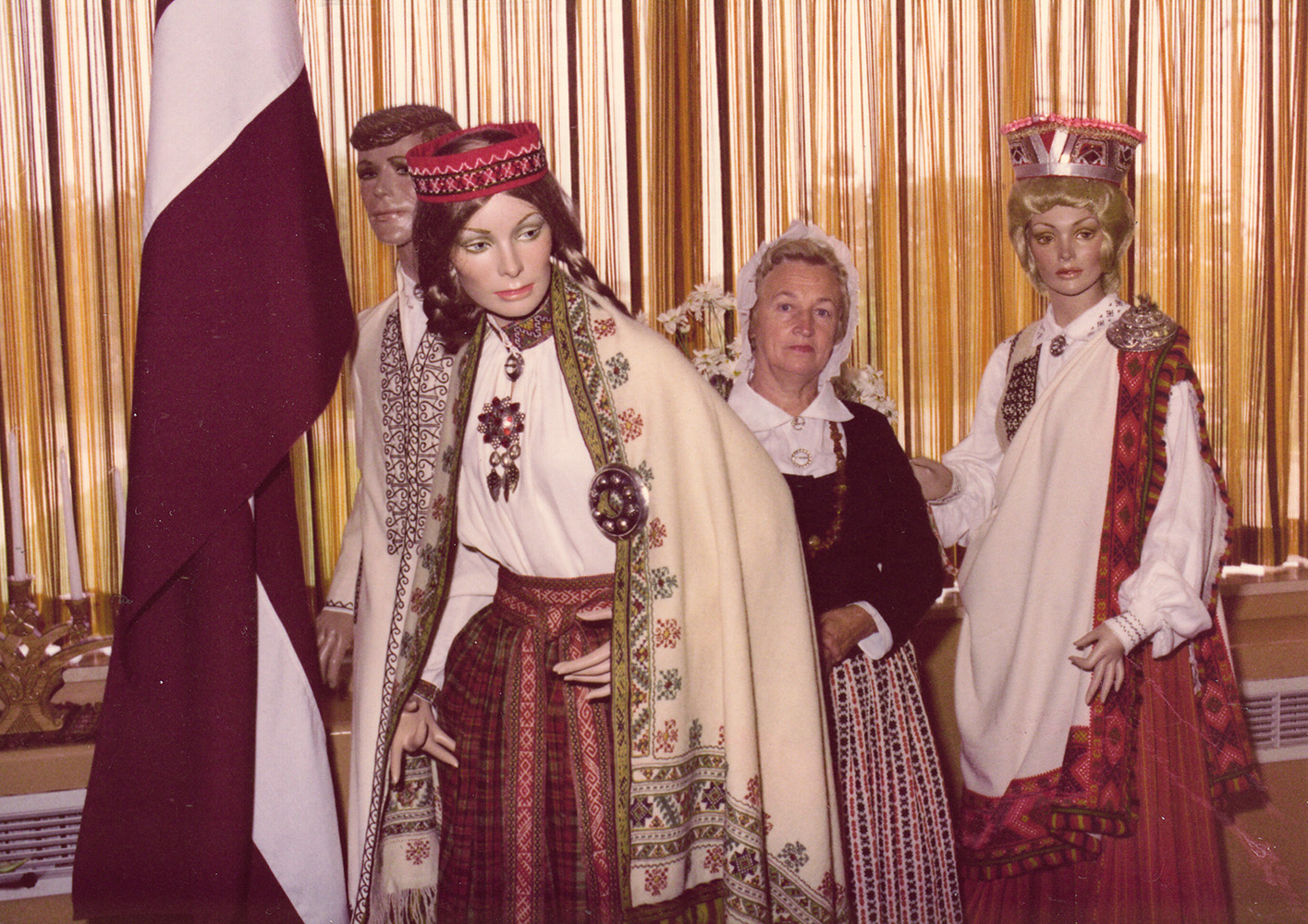Becoming a master folk costume maker
From 1945 to 1991, Latvian exiles had limited connections with Latvia, and Latvians living abroad were unable to order folk costumes from Latvia. Knowledge about folk costumes and their making was based on books that refugees had brought with them; on rare occasions, publications would be sent from Soviet Latvia. People who had studied ethnography and handicrafts in Latvia gained great authority in exile society, notable examples being Aleksandra Dzērvīte in Canada, and Elga Kivicka and Ērika Vīlipsone in Northern England. Gradually, each Latvian community developed its own handicrafters and artisans who knew how to weave, embroider, and make belts and jewellery. Some of them developed their skills to such an extent that they were able to make a living from this work, fulfilling orders from Latvians in their own communities as well as in other countries around the world.
In several parts of the world – Europe, America, Canada and Australia – strong circles of like-minded craftspeople emerged – they shared their experience and advice, and members of the circles tried to create ethnographically correct costumes and other fine handicrafts themselves. There was even competition among the experts, which encouraged the creation of very fine, meticulously made costumes. Craftspeople and artisans travelled to diaspora communities all over the world, presenting lectures and giving masterclasses; discussions about making and wearing folk costumes took place in the Latvian exile press. Unique and extraordinary handicrafts were shown at folk costume exhibitions at Latvian Song Festivals and various other Latvian events in the USA, Canada, the UK and Australia. Special committees of experts judged the costumes and awarded prizes to the most skilled artisans.
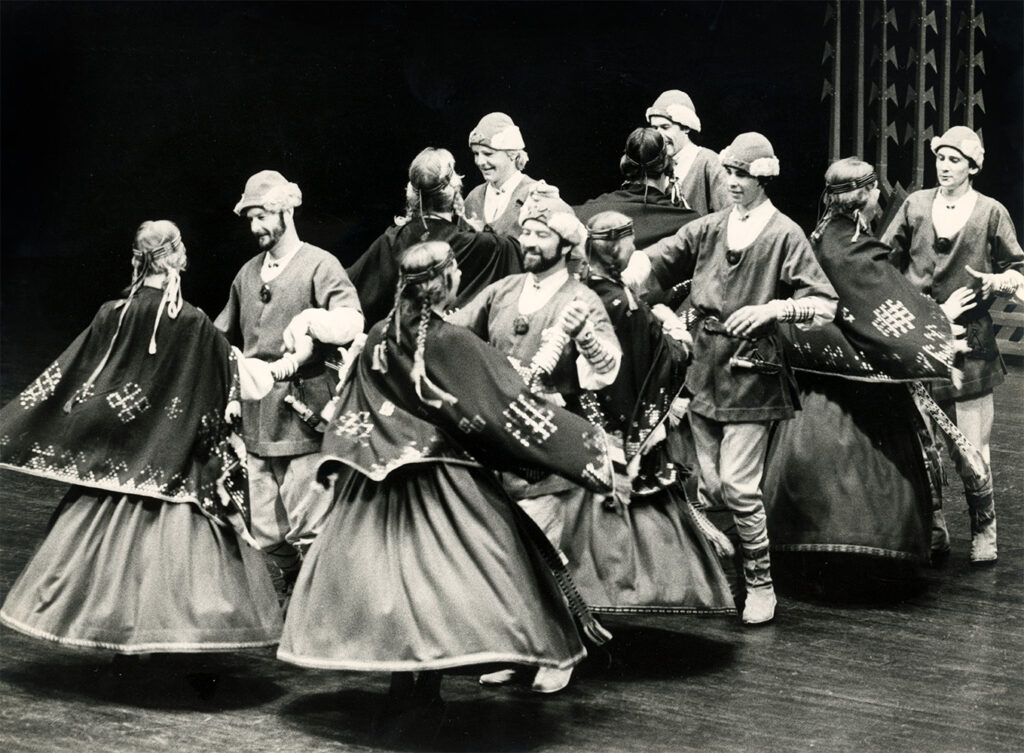
Folk costumes made by folk dance groups
The "Diždancis" Latvian folk dance group in Toronto, led by Zigurds Miezītis, decided to learn how to make their own folk costumes...
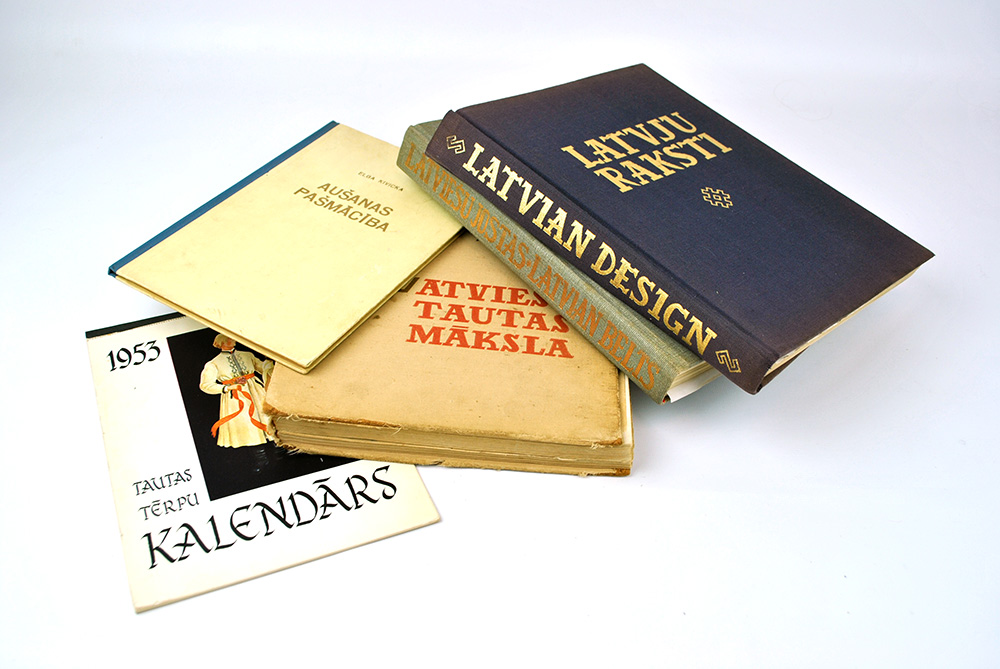
Ethnographic sources in exile
For making folk costumes and other items of applied art, Latvian emigrants looked to the drawings and designs made in Latvia in the 1930s by professional artists Jēkabs Bīne, Ansis Cīrulis, Arvīds Dzērvītis and Jūlijs Madernieks. Information on folk costumes was obtained from such books as “Ievads latviešu tautas tērpu vēsturē” [An introduction to the history of Latvian folk costumes] (1936), “Mākslas vēsture” [Art history] (1934), “Latviešu konversācijas vārdnīca” [Latvian conversational dictionary] (1921–1940), “Latvju raksti” [Latvian ornaments] (I–III, 1924–1931) by R. Zariņš, “Novadu tērpi” [Regional folk costumes] (1939), and the publications of Aleksandra and Arvīds Dzērvītis. Several publications on Latvian folk costumes and the making of their elements were reissued or republished during the period of exile. From the library of “Latvians Abroad - Museum and Research Centre”.
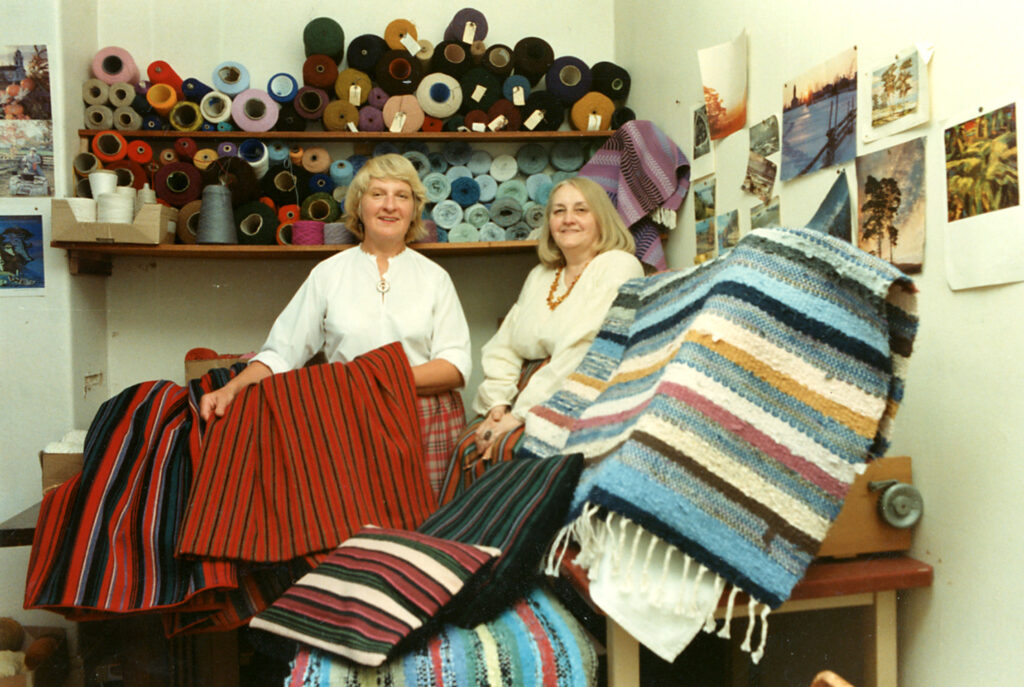
Arts and craft group in Leeds
In 1952, an artisan craft studio was founded in Leeds, UK, by Rūdolfs Priede. Priede had been a master woodworker in Latvia...
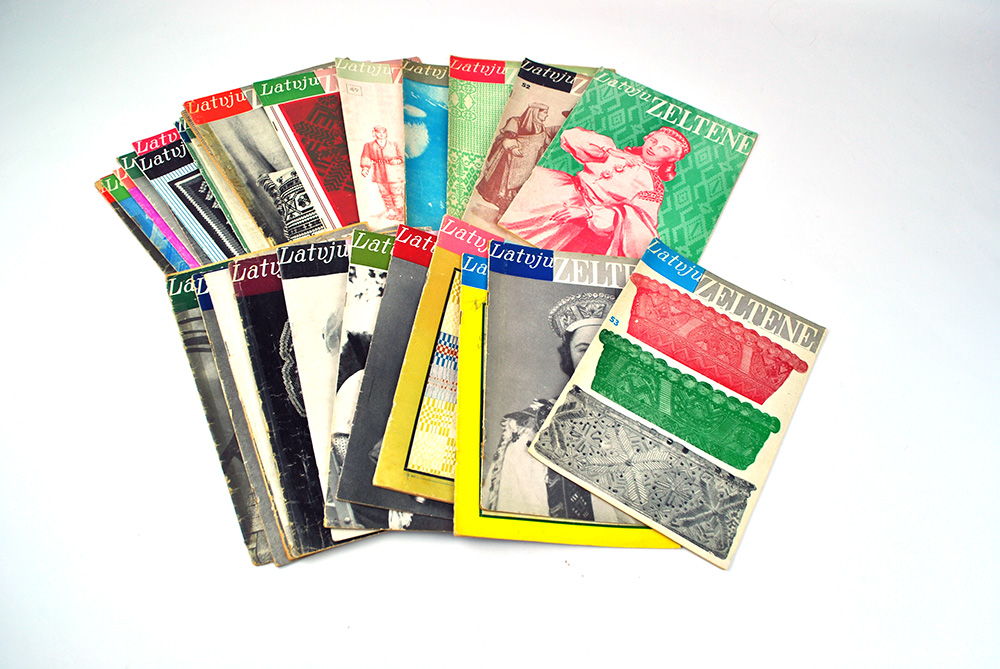
“Latvju Zeltene” and “Latviešu Lietišķā Māksla” publications
The first seven issues of the magazine "Latvju Zeltene" [Young Latvian Woman], edited by Aleksandra Rugāja and Alla Rugāja-Zēberga, were published in 1948 and 1949 in Munich, Germany. The editorial office eventually moved to Adelaide, Australia, where 46 more issues were published up until 1970. The magazine "Latvju Zeltene" was popular among exiled Latvians in many countries; it published information on both traditional handicrafts, including folk costumes, and modern clothing. The magazine “Latviešu Lietišķā Māksla” [Latvian Applied Arts] was published by the Latvian Craftsmen's Association in Australia from 1966 to 1996. The magazine covered Latvian artisans and their exhibitions around the world. From the library of “Latvians Abroad - Museum and Research Centre”.

